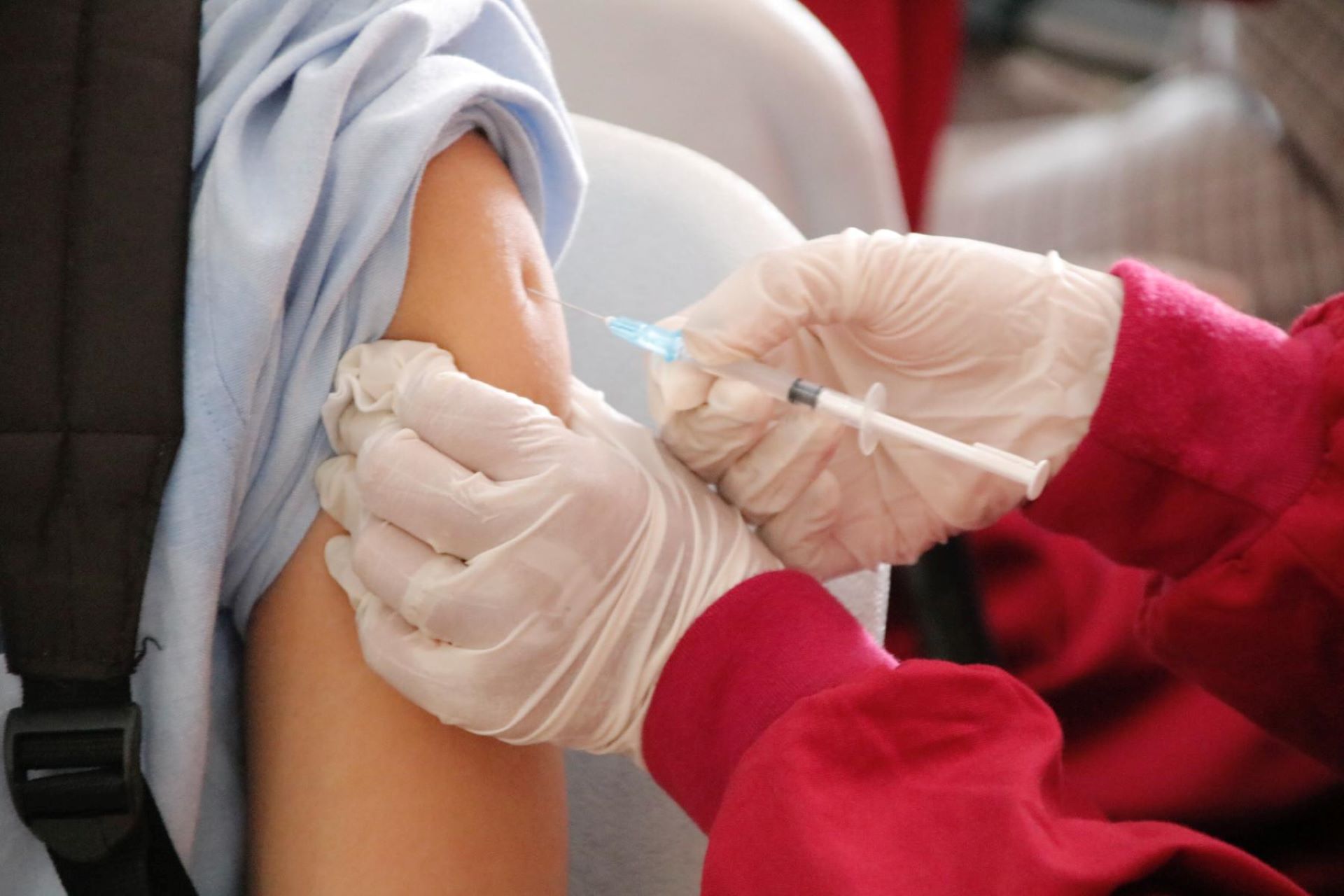2023-11-07 スイス連邦工科大学ローザンヌ校(EPFL)
◆グルココルチコイド応答が鈍い個体は、恐怖の軽減障害、海馬の縮小、睡眠障害などが関連しており、これらの要因はPTSDの脆弱性を高めることが示唆された。さらに、ホルモン療法と認知行動療法の併用により、恐怖感や睡眠障害が軽減し、神経伝達物質ノルエピネフリンも正常化した。
◆この研究は、低いグルココルチコイド反応がPTSDの発症に寄与する要因であることを提供し、新たな治療アプローチを示唆しています。
<関連情報>
- https://actu.epfl.ch/news/why-we-don-t-all-develop-posttraumatic-stress-diso/
- https://www.biologicalpsychiatryjournal.com/article/S0006-3223(23)01590-1/fulltext
ストレスに対するグルココルチコイド反応の鈍化は、心的外傷後ストレス障害の脆弱性につながる行動的・生物学的変化を引き起こす。 Blunted Glucocorticoid Responsiveness to Stress Causes Behavioral and Biological Alterations That Lead to Posttraumatic Stress Disorder Vulnerability
Silvia Monari,Isabelle Guillot de Suduiraut,Jocelyn Grosse,Olivia Zanoletti,Sophie E. Walker,Michel Mesquita,Tobias C. Wood,Diana Cash,Simone Astori,Carmen Sandi
Biological Psychiatry Published:September 22, 2023
DOI:https://doi.org/10.1016/j.biopsych.2023.09.015

Abstract
Background
Understanding why only a subset of trauma-exposed individuals develop posttraumatic stress disorder is critical for advancing clinical strategies. A few behavioral (deficits in fear extinction) and biological (blunted glucocorticoid levels, small hippocampal size, and rapid-eye-movement sleep [REMS] disturbances) traits have been identified as potential vulnerability factors. However, whether and to what extent these traits are interrelated and whether one of them could causally engender the others are not known.
Methods
In a genetically selected rat model of reduced corticosterone responsiveness to stress, we explored posttraumatic stress disorder–related biobehavioral traits using ex vivo magnetic resonance imaging, cued fear conditioning, and polysomnographic recordings combined with in vivo photometric measurements.
Results
We showed that genetic selection for blunted glucocorticoid responsiveness led to a correlated multitrait response, including impaired fear extinction (observed in males but not in females), small hippocampal volume, and REMS disturbances, supporting their interrelatedness. Fear extinction deficits and concomitant disruptions in REMS could be normalized through postextinction corticosterone administration, causally implicating glucocorticoid deficiency in two core posttraumatic stress disorder–related risk factors and manifestations. Furthermore, reduced REMS was accompanied by higher norepinephrine levels in the hippocampal dentate gyrus that were also reversed by postextinction corticosterone treatment.
Conclusions
Our results indicate a predominant role for glucocorticoid deficiency over the contribution of reduced hippocampal volume in engendering both REMS alterations and associated deficits in fear extinction consolidation, and they causally implicate blunted glucocorticoids in sustaining neurophysiological disturbances that lead to fear extinction deficits.


